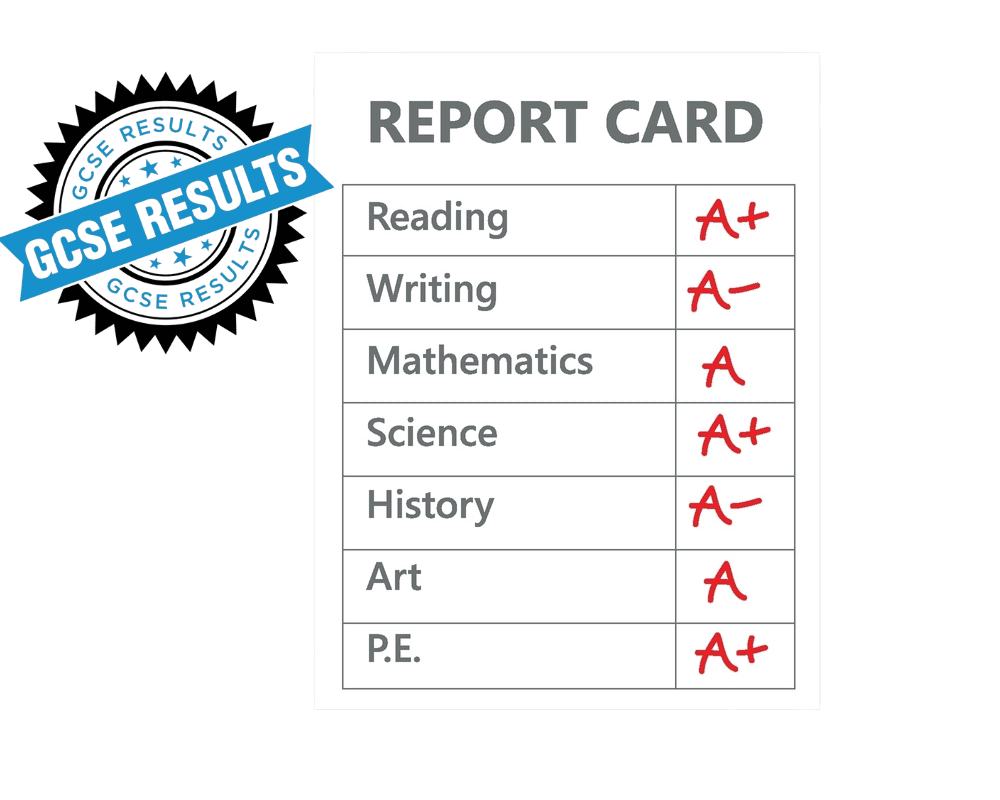If you’re planning to apply to dental school in the United States, one test will play a major role in your acceptance—the DAT, or Dental Admission Test. Understanding how the DAT is scored can help you set realistic goals, identify which sections to focus on, and make smarter decisions as you prepare for applications.
In this article, we’ll break down how the DAT scoring system works, what counts as a “good” score, and answer the most common questions future dental students ask. Whether you’re aiming for a top-tier program like Harvard or a state dental school, this guide will help you stay on track.
👉 Try our free Dental School GPA & DAT Score Predictor to estimate your dental school chances based on your GPA and DAT scores. It’s fast, accurate, and designed for pre-dental students who want clarity during the application process.
DAT Scoring System (Overview)
The DAT is scored on a scale of 1 to 30, with no penalty for wrong answers. So always guess if you’re unsure!
Here’s what you’ll be scored on:
📊 Section Breakdown:
- Survey of Natural Sciences
(Biology, General Chemistry, Organic Chemistry) - Perceptual Ability Test (PAT)
- Reading Comprehension
- Quantitative Reasoning
🔹 Key Scores You Receive:
- Academic Average (AA) – The average of 5 academic sections: Bio, Chem, Organic Chem, Reading, and Math.
- PAT Score – Reported separately; not included in the AA.
- Section Scores – Each of the 6 sections has its own score from 1–30.
Your Academic Average is the most important score when applying to most dental schools in the U.S., but schools also pay attention to individual section scores—especially your PAT score and science scores.
What’s a Good DAT Score?
Here’s what different DAT scores usually mean:
- 17–18: Average
- 19–20: Decent
- 21–22: Competitive for many schools
- 23+: Excellent and competitive for top programs
To be considered competitive, most students aim for an Academic Average of 20 or higher. For elite dental programs, a 22+ is a safer bet.
Check Your DAT Chances Instantly
Before going further, use this helpful tool:
👉 DAT Score Calculator
It’s a quick calculator that helps you figure out how your GPA and DAT score measure up to dental school requirements in the U.S. Perfect for building a smart application strategy.
Frequently Asked Questions About DAT Scores
What is the highest score on the DAT?
The highest possible score on the DAT is 30. Scoring a 30 is very rare—only a tiny percentage of test takers reach it. A score of 22–25 is considered extremely competitive and places you among the top applicants.
How hard is it to get a 22 on the DAT?
Getting a 22 requires strong preparation and consistent practice. It’s above the national average and puts you in a competitive range for most dental schools. Students who score a 22 often study for 2–3 months, using a mix of full-length practice exams, review books, and strategy guides.
What’s a good DAT score for Harvard Dental School?
For Harvard School of Dental Medicine, you’ll want an Academic Average of 23–25 or higher. In addition to a high DAT score, Harvard also expects a high GPA, strong personal statements, and well-rounded experience.
Does PAT score affect dental school admission?
Yes, the PAT (Perceptual Ability Test) is important, especially for schools that value hand-eye coordination and spatial reasoning. While it’s not part of the Academic Average, admissions committees look at PAT separately. A PAT score of 20 or higher is considered strong and can give your application a boost.
Final Thoughts
Understanding the DAT scoring system can help you prepare better and avoid surprises. Focus on both your Academic Average and PAT score, and remember—practice and planning are key.
If you’re unsure where you stand, don’t guess. Use our Dental Admission Test Score Calculator to see how your academic profile stacks up. It’s free, easy to use, and built to support pre-dental students across the U.S.




